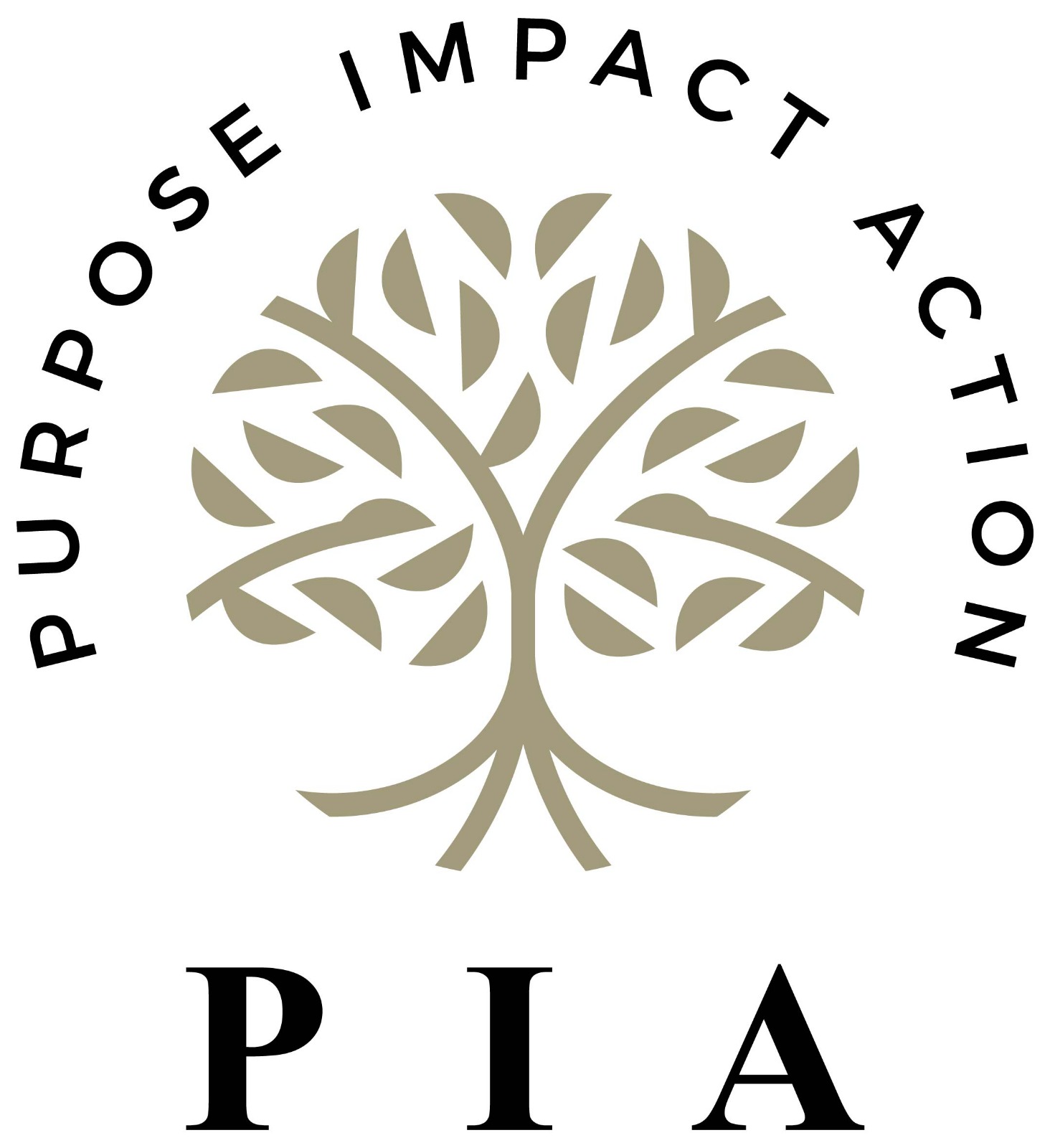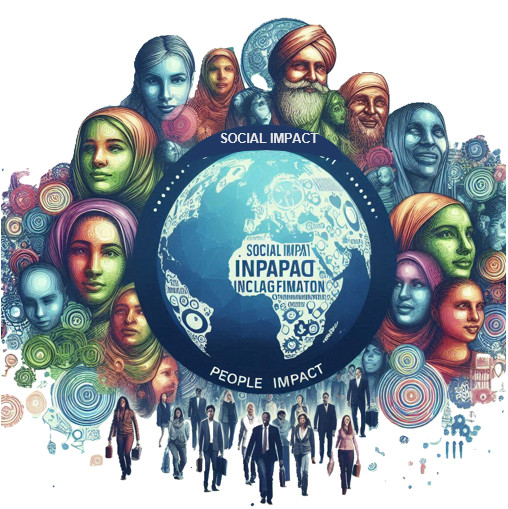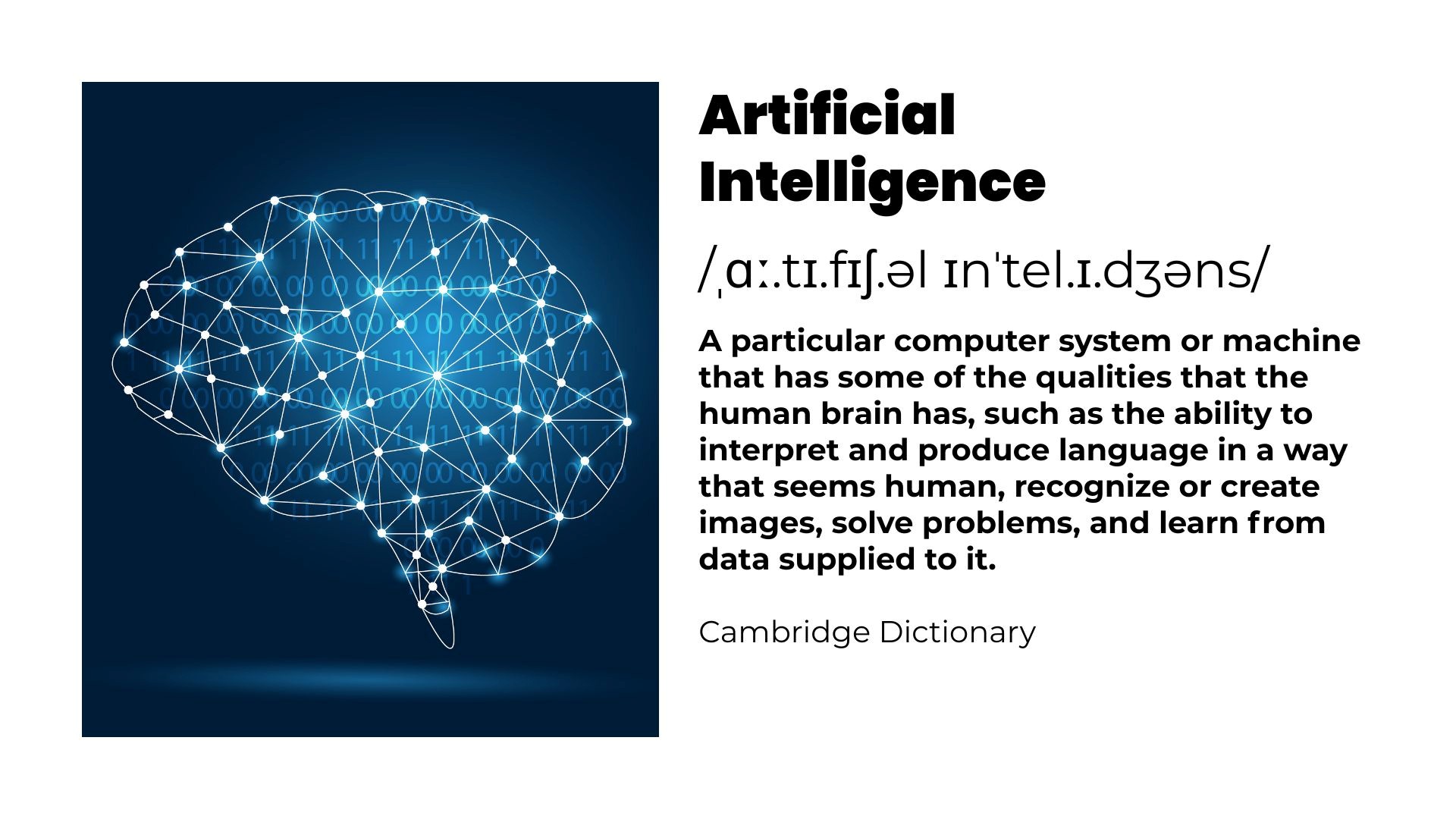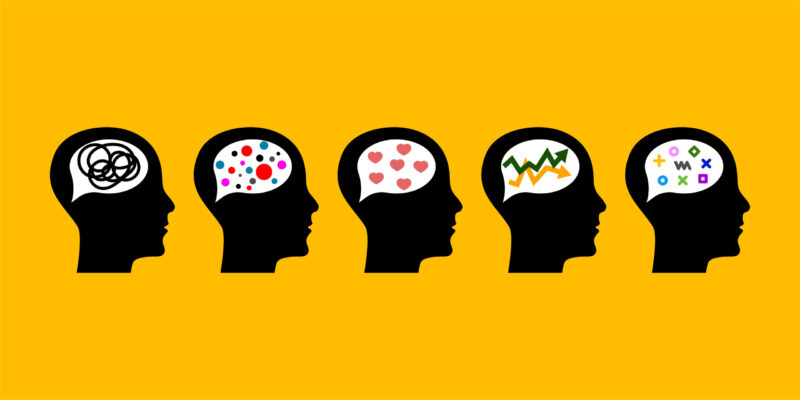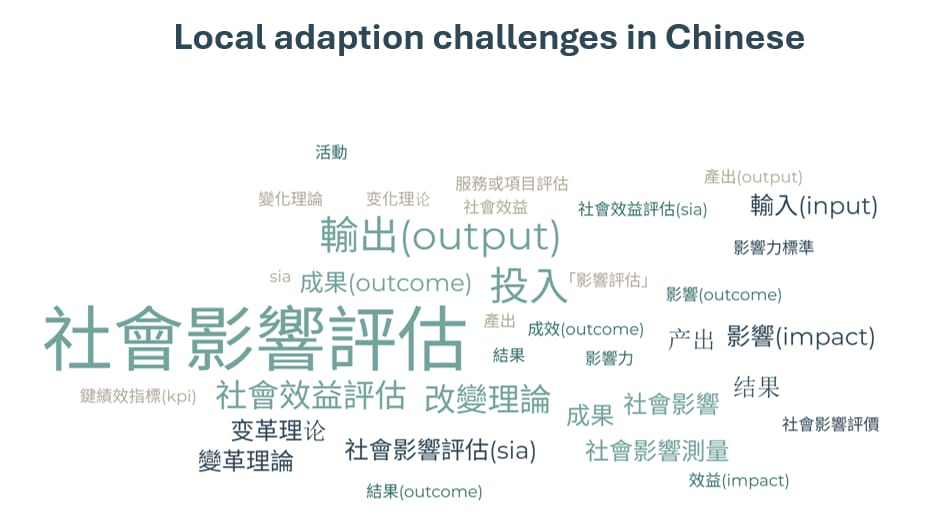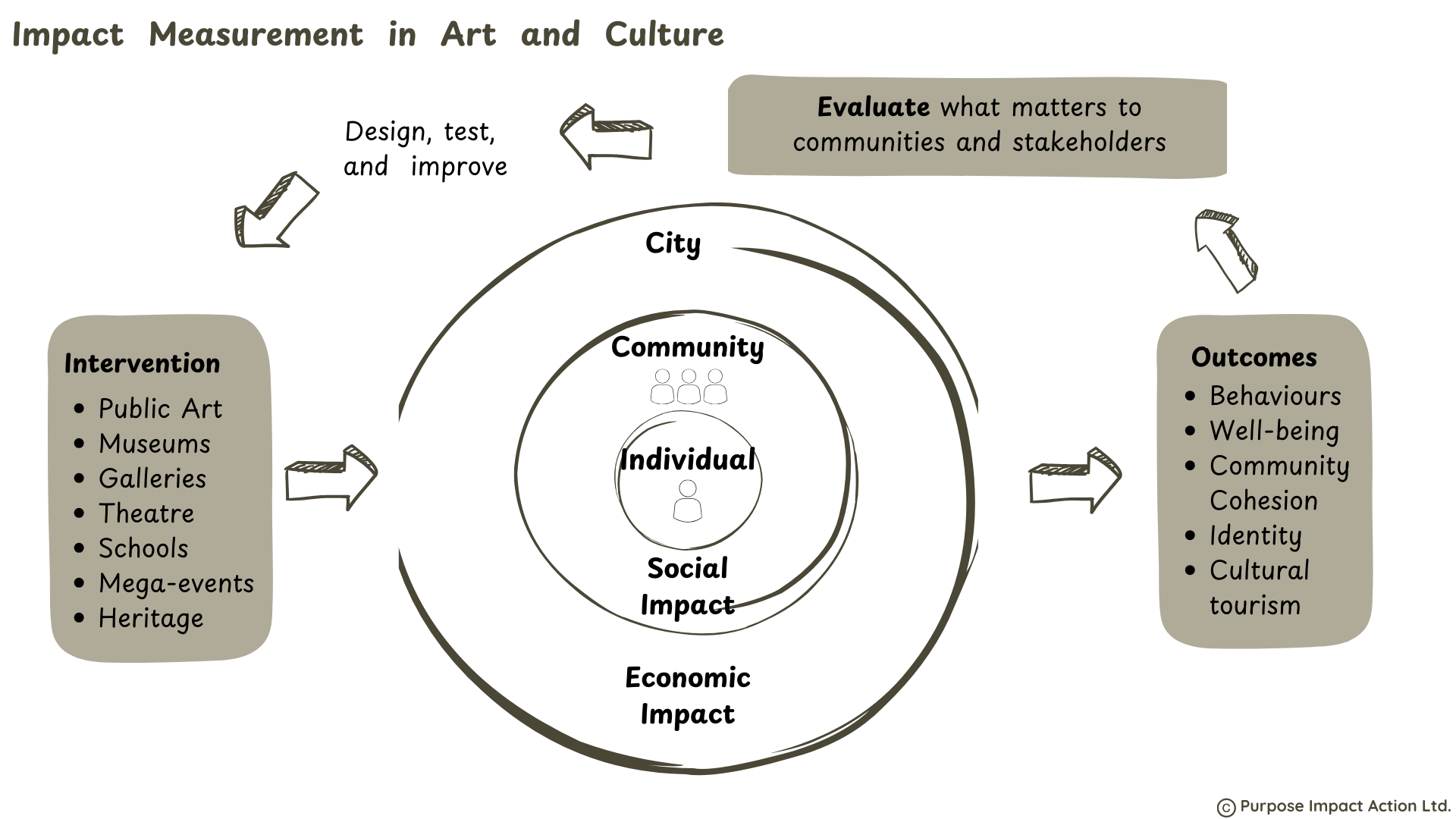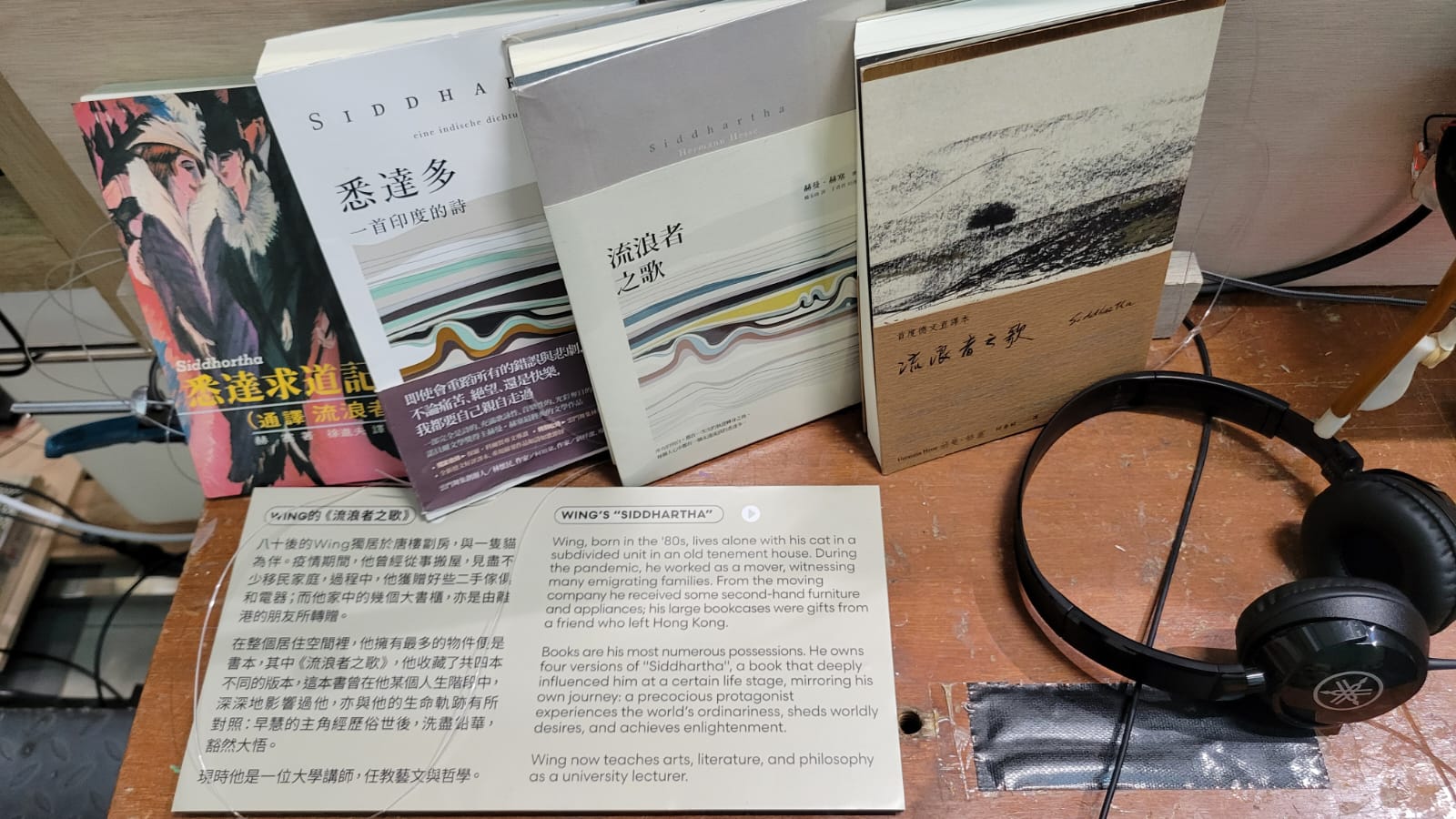In the world of social impact, it’s easy to get caught up in the “what” of our work – the programs, the activities, the deliverables. But what about “why”? How do we ensure our efforts are truly making a difference, and that we’re moving towards a desired outcome?
This is where a Theory of Change (ToC) comes in. I first encountered this powerful tool during my early career in the non-profit sector, and it’s become a cornerstone of my work ever since.
Essentially, a ToC is a roadmap that outlines the steps needed to achieve a specific social change. It’s a clear and concise way to articulate your impact goals, identify the levers of change, and understand the underlying assumptions that drive your work.
A Brief History of ToC:
The roots of ToC can be traced back to the 1960s, when social scientists and activists began exploring the mechanisms behind social interventions. It gained prominence in the 1990s, with scholars like Professor Carol Weiss contributing to its development.
Today, ToC is widely adopted by non-profits, social enterprises, and philanthropists as a tool for planning, implementing, and evaluating social programs. It’s a flexible framework that can be adapted to different contexts and needs, incorporating diverse stakeholder perspectives and integrating with broader organizational frameworks like results-based management and systems thinking.
Developing a Theory of Change:
Creating a ToC is a collaborative process that involves internal staff, external stakeholders, and end-beneficiaries. It’s about working backward from your desired future state, asking key questions:
- What is the long-term change you want to see? (Impact)
- What are the pre-conditions for that impact to exist? (Outcomes)
- What will cause those pre-conditions to be true? (Outputs)
- What do we need to create those outputs? (Activities)
- What resources are needed to conduct those activities? (Inputs, including funding)

By answering these questions, you create a clear and compelling narrative that outlines your path to impact. This framework helps you:
- Identify the change you want to see.
- Understand the levers of change that will drive it.
- Clarify your assumptions about how change occurs.
- Determine which levers you can pull, individually or in partnership.

The Benefits of a Theory of Change:
A well-developed ToC is an invaluable tool for any organization seeking to create positive social change. It provides clarity, alignment, and a framework for measuring progress and demonstrating impact.
Using the Theory of Change to Plan a Powerful Evaluation
In the world of social impact, we strive to create meaningful change. But how do we know if our efforts are truly making a difference? That’s where evaluation comes in, and a well-designed evaluation framework is essential for understanding and maximizing impact.
The usefulness of a Theory of Change (ToC) goes beyond planning; it also serves as a valuable guide for designing effective evaluations.
The ToC as a Roadmap for Evaluation:
The ToC acts as a reference point for understanding the envisaged changes. It provides a framework for establishing a monitoring and evaluation system, alongside an impact measurement methodology, tailored to your specific goals and needs.
Two Types of Evaluation:
Evaluations can be broadly categorized into two types:
- Summative Evaluations:These focus on the overall quality of the program, assessing its outcomes and impact, and often examining its cost-effectiveness.
- Formative Evaluations:These delve into the process and implementation of the program, identifying how it’s operating, its implementation processes, and any challenges or areas for improvement.
Often, organizations want to understand both formative and summative elements, seeking to improve program design and delivery based on the impact realized.
Crafting Powerful Research Questions:
To ensure a robust evaluation, it’s crucial for the evaluator to formulate a set of research questions that clearly define the scope of the evaluation and help assess the validity and effectiveness of the impact achieved. Read more at Employee engagement
Typically, evaluation research questions address key aspects of the ToC, such as:
- Appropriateness and relevance of inputs and activities.
- The extent to which expected outcomes are being achieved.
- The influence of contextual factors on the changes observed and impact realized.
Collecting and Reporting Findings:
Once research questions are determined, decisions can be made regarding the information needed, how and when to collect it, and how to report findings. Evaluators should clearly present their findings, describing the type of information collected, how it was analyzed, any limitations, and how the results are being used to monitor ongoing delivery and further improve outcomes.
The ToC: A Foundation for Impact:
By incorporating the ToC into your evaluation planning, you create a robust framework for understanding and measuring your impact. This approach ensures that your evaluation is aligned with your program’s goals, provides valuable insights for improvement, and ultimately helps you achieve greater impact.
Ready to take your evaluation to the next level?
Contact us to learn more about how we can help you design and implement a powerful evaluation framework based on your Theory of Change or share your thoughts in the comments below.
By Marianna Lemus Boskovitch is a Senior Consultant at Purpose Impact Action and a professional evaluator practicing in Hong Kong and the UK.
